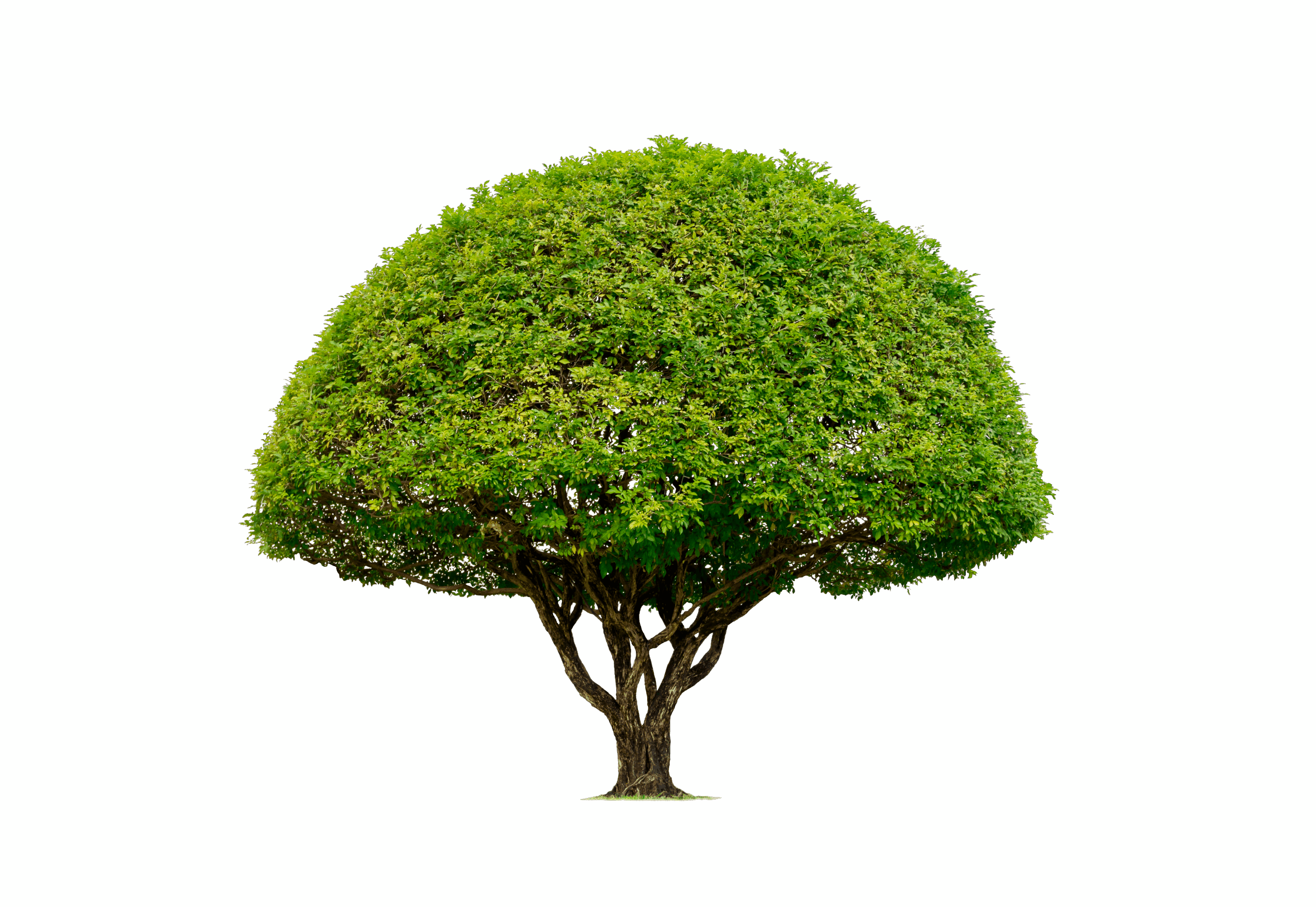Pruning
Should my trees be pruned?
Trees are the largest, oldest living organisms on the planet that can grow to an incredible size and age. But the trees planted in your yard often struggle with the hardship of growing in an urban environment and their lifespan is often cut short. Tree canopies compete for space with infrastructure, buildings, and other trees. Pruning is required to help your tree achieve its maximum potential and long lifespan. A well maintained tree benefits your property value and outdoor experience, but a poorly maintained tree will have a shorter lifespan, be more likely to break during storms, depreciate your property value, and may even be a hazard. Our arborists work hard to ensure a long productive life for your trees so you can enjoy them for years to come.
15+ Years Of Experience Pruning Trees
Tree Size Matters
Pruning for young trees
You may think that your newly planted tree that is less than ten years old doesn’t need any attention. Wrong! This may be the most critical pruning period of your tree’s life. By developing proper structure early on an arborist can avoid major problems your tree may have in the future. A young tree benefits greatly from developing a central leader at a young age. We also address limbs and branches that will conflict with infrastructure like buildings, patios, roads and sidewalks at this time and start to develop the lowest permanent limbs. Another critical objective is to remove branches and limbs that have poor branch attachments. If left unattended these weak limbs can grow to a large size and when they do break in a storm or due to stress they can cause significant damage to the tree and your property.
Tree Size Matters
Pruning for medium sized trees
At 15-40 years of age a tree is putting on rapid growth and you are starting to enjoy the benefits you envisioned when you planted it. It provides shade during the hot summer months and reduces your energy use. It is becoming the focal point of your landscaping, and perhaps putting on a brilliant display of spring blooms or fall color. If your tree has been structure pruned by our arborists in the past we will continue to build its strong central lead and address any weaknesses that may have arisen as it has added height and breadth. Unfortunately this is often the first time an owner has thought about having their tree pruned and we may have to take drastic measures to correct its form or structure. It may have large limbs encroaching your house or hit your head while mowing that may need to be removed. We often find poorly attached limbs that have become sizeable that need more complex solutions. Your tree may need supplemental support systems like wires and cables to provide stability for some limbs that were not addressed at a young age. It is not too late to address some of these concerns, but it may take a little more work to get it into tip top shape.
Tree pruning Expertise in Northern Colorado
Will pruning help my sick tree?
It depends. There are a number of insects and diseases that can injure or kill a tree and each are specific to its tree host. Some diseases like fire blight on crabapples and fruit trees are best managed by proactively pruning dying branches to reduce the spread. Improperly pruning a diseased or sick tree may also spread the disease throughout the tree and cause severe damage and harm. If you believe your tree is sick or has an insect or disease problem, it is best to call a professional arborist for a diagnosis and treatment plan.
Will pruning make my tree safer?
Many hazards can be addressed by pruning strategies that reduce loads on long heavy branches or remove broken and damaged branches. Even a small branch or limb can injure someone or cause property damage. Our arborists can help meet your goals for reducing the risk of a tree failing on your property and identifying risks that you may not have noticed.
Can anyone prune my tree?
No. In most of the municipalities we serve you must be a licensed and professional arborist to prune trees. Our arborists hold certifications from the International Society of Arborists and the Tree Care Industry Association that demonstrates their knowledge and expertise. As a homeowner you may prune your own trees, but arboriculture is one of the highest risk professions and performing your own tree work may put you in harm’s way. Poor tree pruning can also cause more harm than good, and we always recommend asking a certified arborist’s opinion.
Tree Size Matters
Pruning for mature trees
Did you inherit some large mature trees when you bought your property? Or perhaps that little seedling you planted all those years ago has finally grown to a wonderful mature tree that is the centerpiece of your yard? Hopefully any major structural weakness has been addressed long ago, and we can focus on keeping your tree healthy and happy. Our arborists will focus on helping these big trees weather the wind and storms by reducing weight on large heavy branches, and removing dead branches and limbs that don’t benefit the tree and can pose a hazard. Unfortunately for some trees they may be nearing the end of life at this stage. Your old tree may have large amounts of dieback in the crown and branches or major structural defects that were not addressed and now pose a major risk. Our arborists will be able to provide insight and work with your goals to either retain such a tree as long as possible, or remove it from your landscape completely.

